Climate and Energy Summit 2025
Next event In person & livestreamed

- Area of Expertise
- Climate, Energy & Natural Resources
Climate, Energy & Natural Resources

Belgian Minister for Climate, Environment and Sustainable Development and 2013 European Young Leader (EYL40)
Household products and services account for 60% of global greenhouse gas emissions, according to a 2015 study, published by Yale University. It stands to reason that addressing consumer patterns is one clear avenue in mitigating the effects of climate change, but consumption cannot be dissociated from production. Since the 1992 United Nations Conference on Environment and Development in Rio de Janeiro, strengthened by the Marrakech Process some 10 years later, sustainable consumption and production have been addressed as a whole. Therefore, greater sustainable consumption among EU citizens remains a major social responsibility of producers. If only sustainable products or services were offered on the market, it would be easy for citizens to consume sustainably. Quod non. They can’t see the wood for the trees.
Let’s be clear: sustainable consumption is not only about ‘environmentally friendly consumption’. Social considerations along the life-cycle of a product or service are pivotal. We know that EU citizens are concerned about the violation of human rights. A survey published at the end of last year by the European Coalition for Corporate Justice found that 87% of citizens agreed that companies should be legally obliged to abstain from committing human rights violations, such as forced labour or land grabbing. Moreover, financial considerations should be taken into account. EU citizens should be informed about the overall life-cycle cost of a product; a product might be cheaper on the shelf, but the cost during use could add up to be more expensive in the long run.
It’s important to remember too that sustainable consumption in terms of products and services does not necessarily indicate progress towards sustainable development. If EU consumption rates continue to grow beyond its global equitable share, then humankind will not stay within the planetary boundaries. Acknowledging this fact means we need a systemic shift in our consumption and production patterns to fulfil basic needs, such as food security, affordable housing, clothing and all forms of care.
Empowering EU citizens to play a more active role in the green transition is no small feat. Take the example of weekly shopping. If citizens insist upon buying sustainable products and services, they could influence retail supply and maybe even producers. But it is nearly impossible to navigate the confusing array of labels on products and services. Just think of the different varieties of coffee in the supermarket purporting to be sustainable. This problem extends well beyond the beverage aisle at the grocery store into just about every physical and virtual sales counter imaginable. It’s almost as if citizens need to hold a master’s degree in sustainability to be able to actively make more sustainable choices. Before we can consider how to empower consumers to play an active role in the green transition, the EU needs a coherent policy framework on sustainable consumption and production.
Without a coherent policy framework on sustainable consumption and production in place, EU policy fails to offer logical sustainable choices to consumers
Since the 1990s, the EU has emphasised the importance pertaining to optimal use of policy instruments. A coherent mix would at the very least include legal and regulatory, economic and financial, and social and cultural policy instruments. At the beginning of this century, the EU and its member states discussed integrated product policy to stimulate sustainable consumption and production, but this has not led to a coherent implementation.
The EU Ecolabel, for example, is categorised as a social and cultural policy instrument. Do products and services, labelled with this emblem of environmental excellence, not then not also deserve the benefit of favourable incentives, such as a reduced VAT? Furthermore, only 30% of the market is currently eligible to obtain an Ecolabel, suggesting that significant focus should be placed on products and services that do not respect the Ecolabel criteria. Legal and regulatory instruments could be introduced to ban environmentally-harmful products and services from the EU market entirely.
The budget used by the EU for publicity of unsustainable consumption tells a similar tale of incoherence. Since 2007, the Federal Planning Office in Belgium has emphasised the need to reduce the consumption of animal proteins from meat and dairy by 50% to 75%. Several international studies have since confirmed this urgent need due to various environmental concerns: climate, loss of biodiversity, biogeochemical flows and so on. Nevertheless, the European Commission has spent millions of euros to promote the consumption of meat and dairy. According to a 2021 report by Greenpeace, the EU spent over €252mn on the promotion of European meat and dairy products between 2016 and 2020.
Without a coherent policy framework on sustainable consumption and production in place, EU policy fails to offer logical sustainable choices to consumers. Its design must include two key aspects. Firstly, the monetization of externalities – the trade-offs to the environment and society – is essential to shift current consumption and production patterns. Secondly, the EU should offer financial support to EU citizens within lower income households, to ensure that sustainable consumption is affordable. The ecological transition towards sustainable consumption and production must be a just transition as well.

This article is part of our European Climate Pact series. The European Climate Pact is a movement of people united around a common cause, each taking steps to build a more sustainable Europe for us all. Launched by the European Commission, the Climate Pact is part of the European Green Deal and is helping the EU to meet its goal to be the first climate-neutral continent in the world by 2050.
Learn more about the European Climate Pact here.
Read our full European Climate Pact article series:
Next event In person & livestreamed

Past event In person & livestreamed
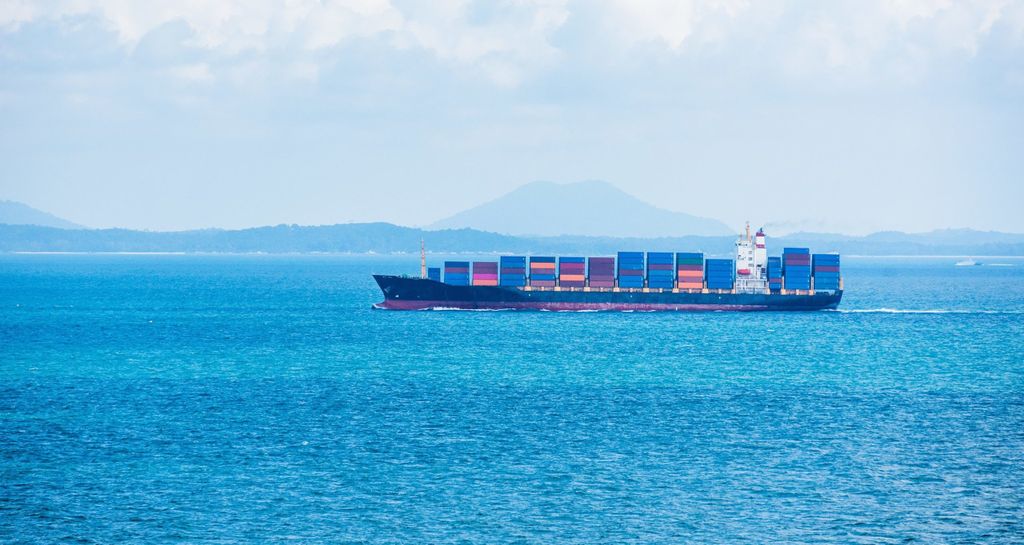
Past event In person & livestreamed
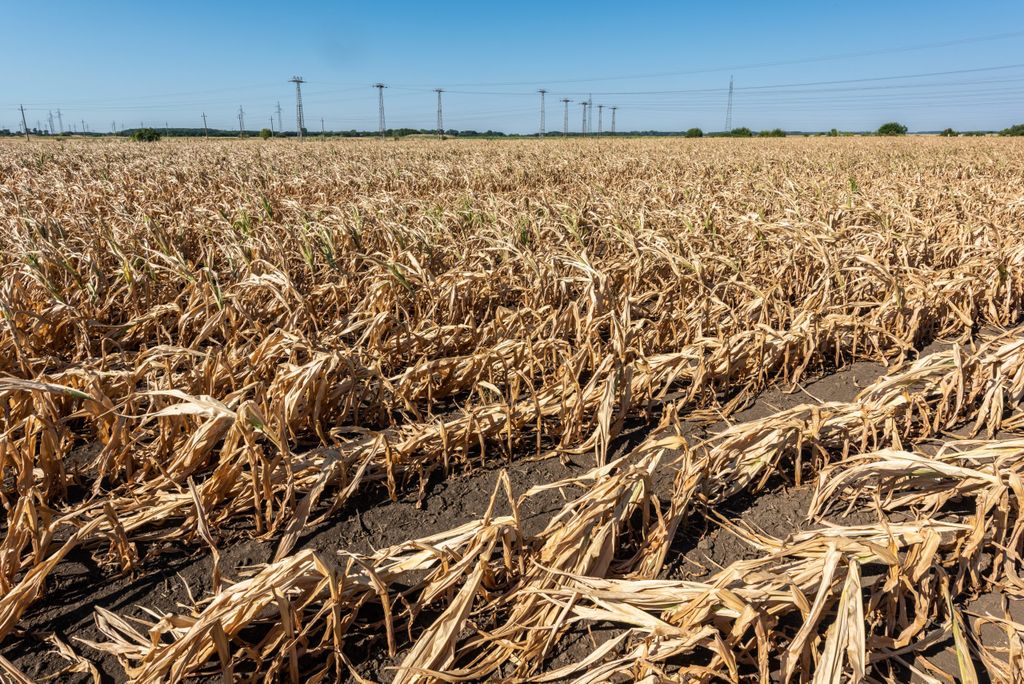
Past event In person & Livestreamed
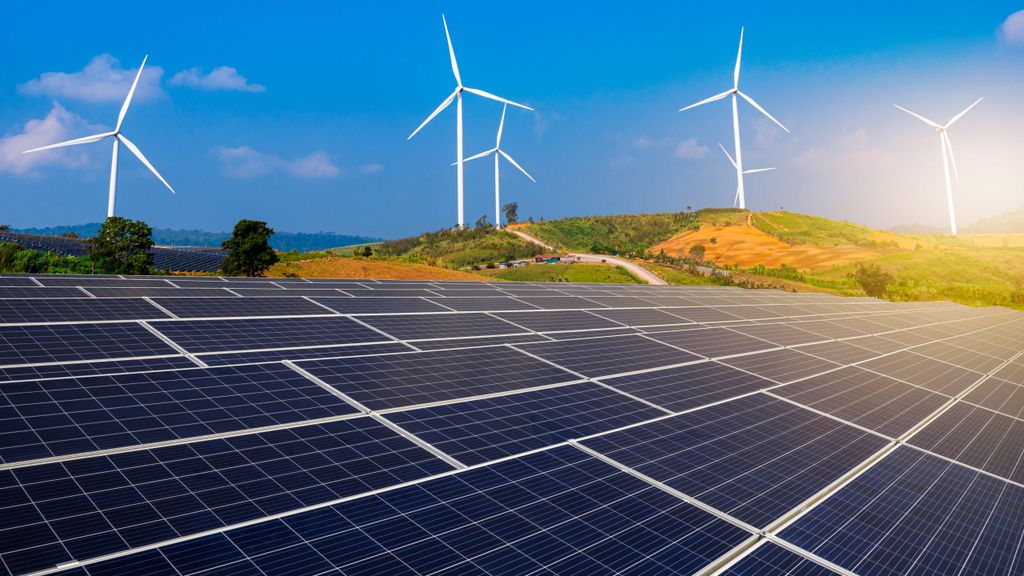
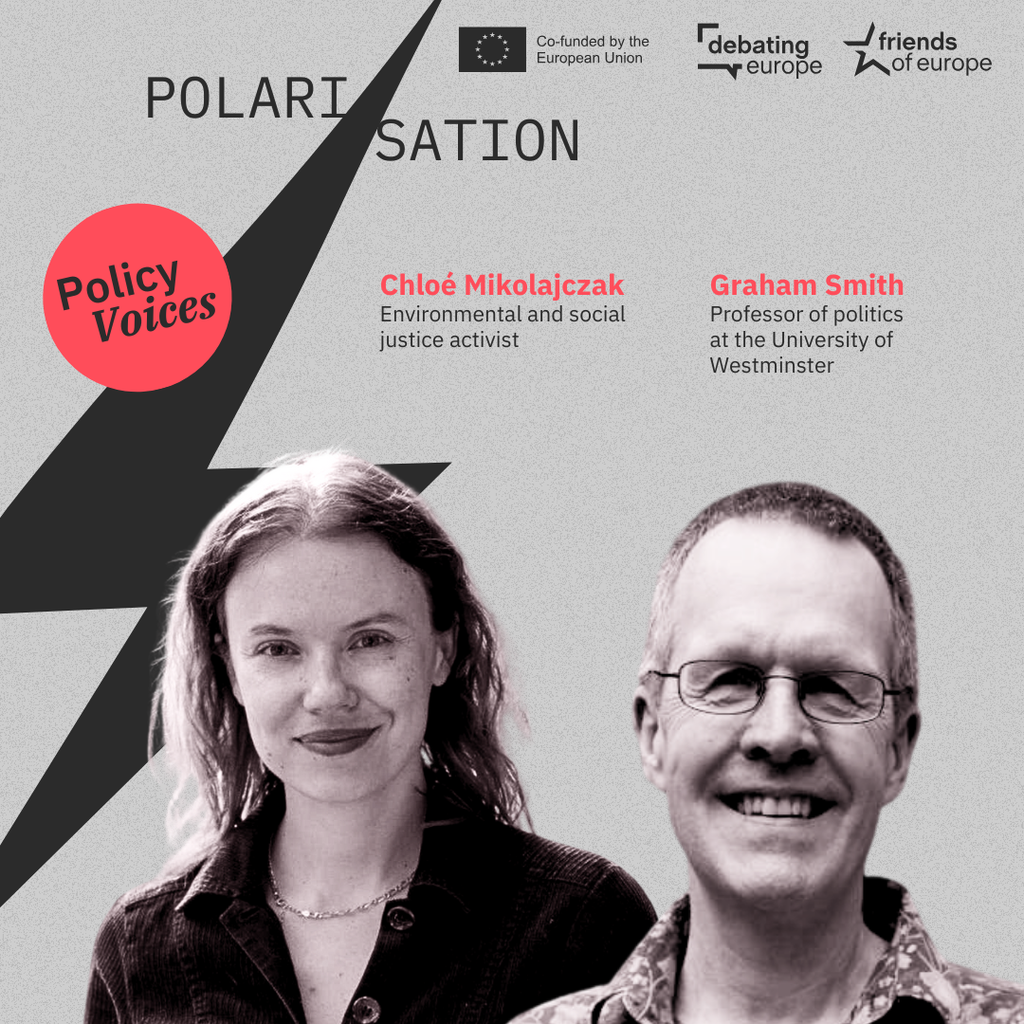

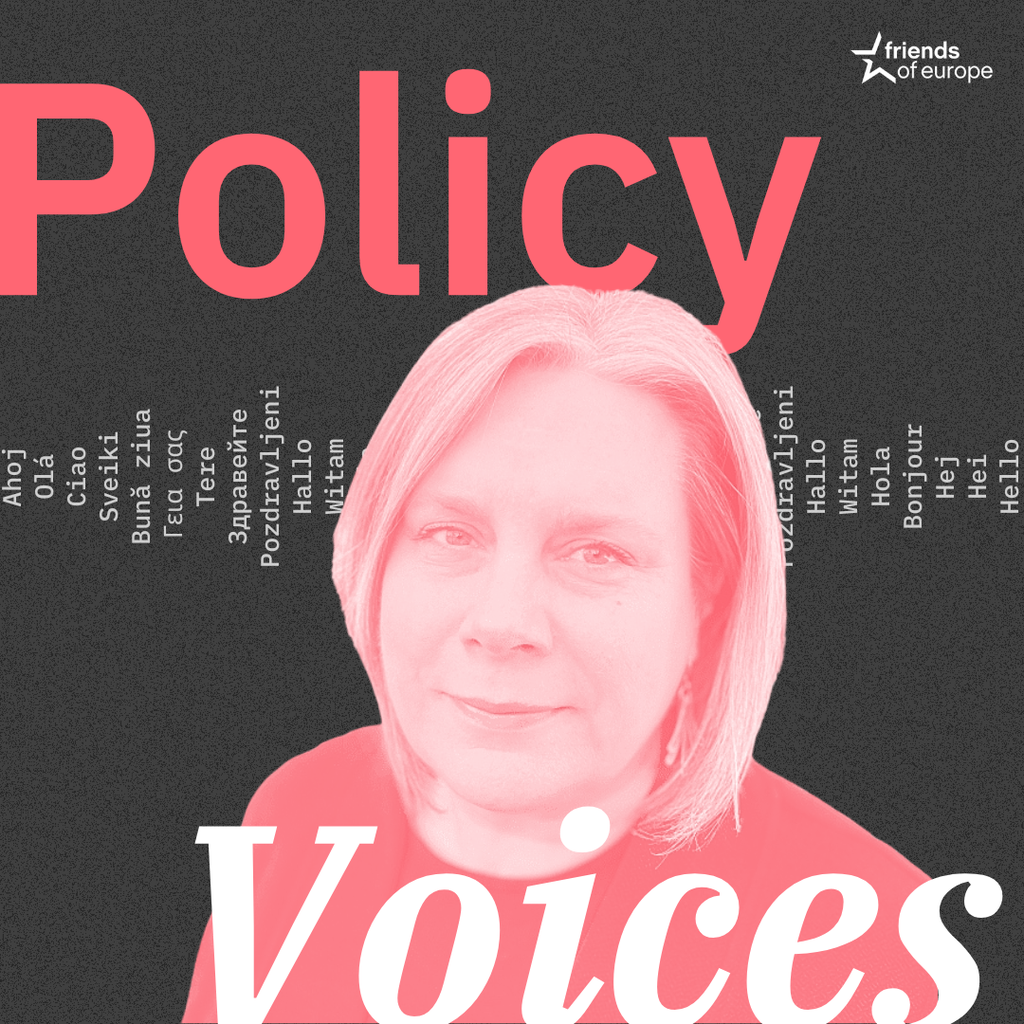
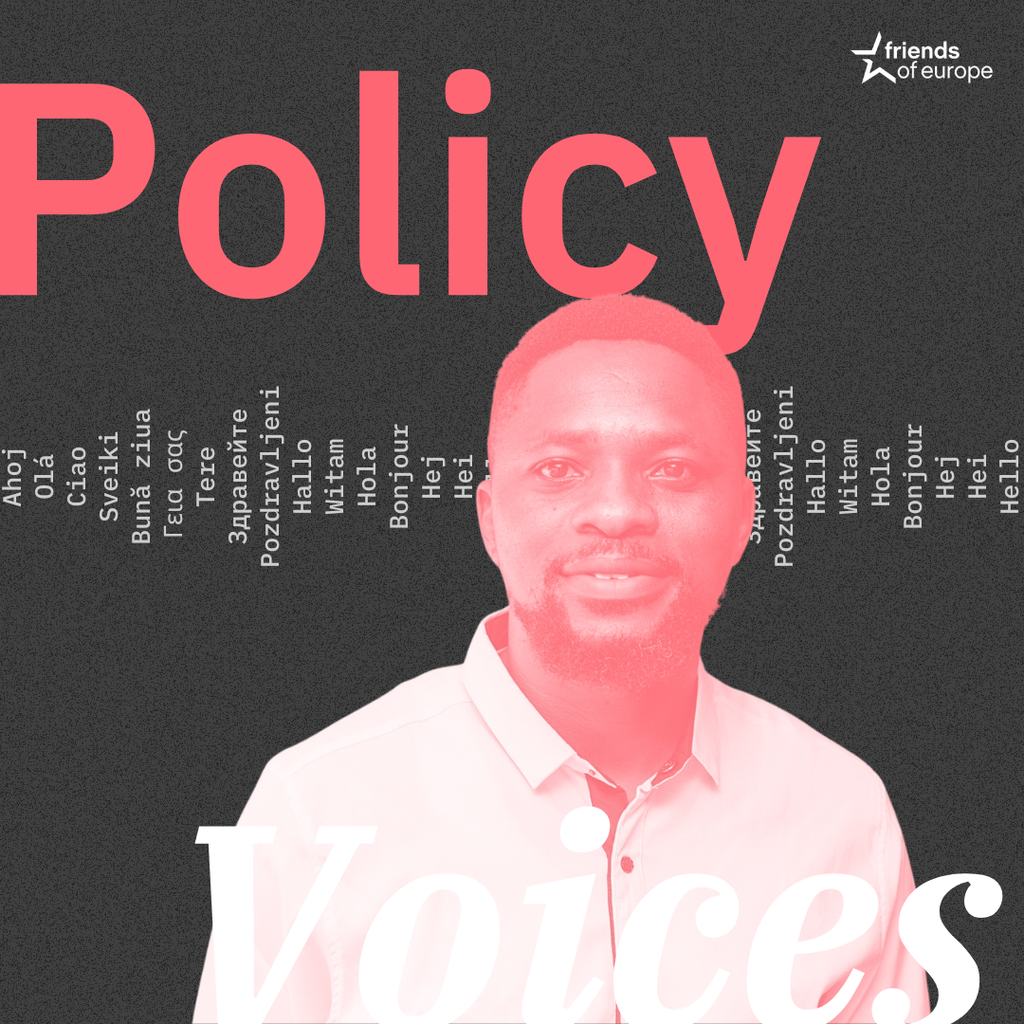
Stay informed
We use cookies and similar technologies to adjust your preferences, analyze traffic and measure the effectiveness of our campaigns. Learn more about our privacy policy.